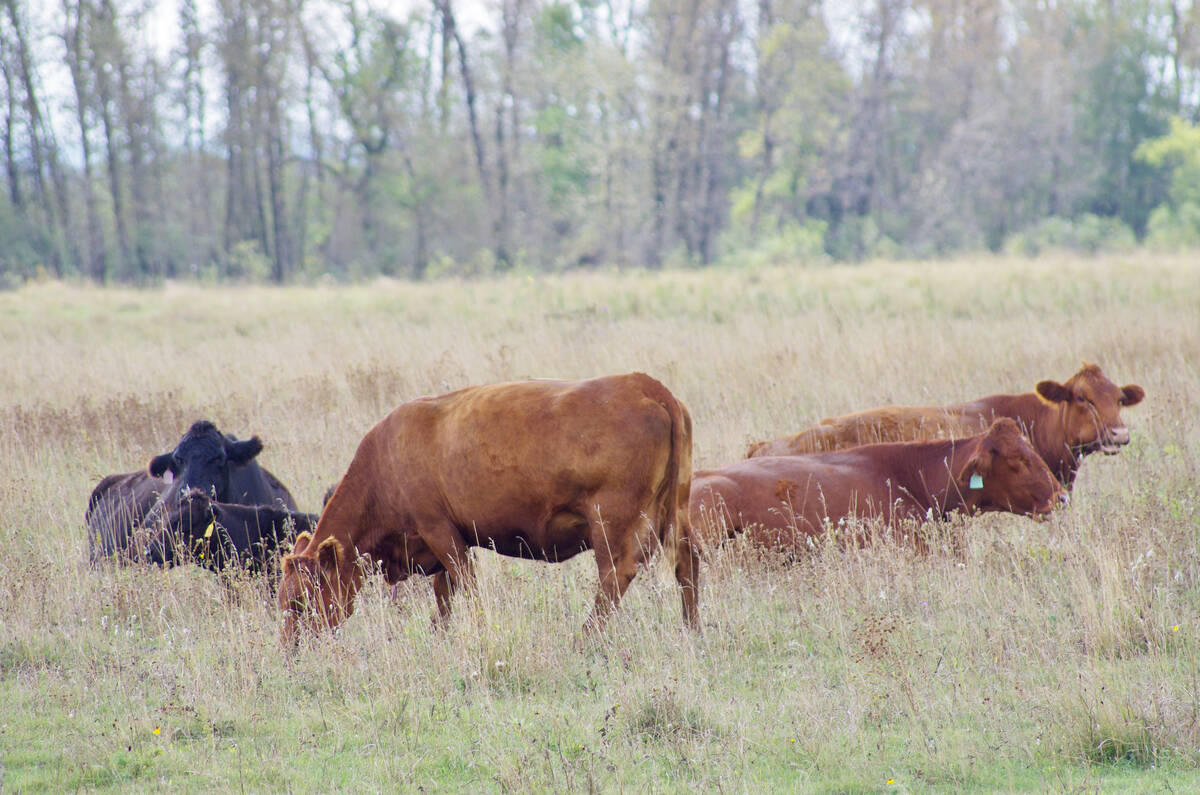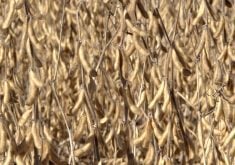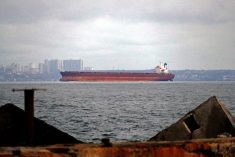Prince Edward Island potatoes locked out of the U.S. export market will go either to food banks or “environmentally-sound” disposal with new federal funding.
Federal Agriculture Minister Marie-Claude Bibeau on Monday announced $28 million “to support the diversion of surplus potatoes, including help to redirect surplus potatoes to organizations addressing food insecurity and support for the environmentally-sound disposal of surplus potatoes.”
Past that, the money will also go toward “marketing activities” and to help the province’s potato industry “develop long-term strategies to manage future challenges.”
Read Also

U.S. livestock: Chicago cattle futures climb on post-Thanksgiving trade
Chicago | Reuters – Chicago Mercantile Exchange’s live and feeder cattle futures ticked up on Friday in a day of…
Agriculture and Agri-Food Canada said Monday it will work with the province, the P.E.I. Potato Board, national food bank organizations and “other stakeholder groups” to deliver the funding.
Details on how producers can get support from the new funding envelope will be available “through the coming weeks,” AAFC said.
Canadian export certification for P.E.I. potatoes destined for the U.S. has been suspended since Nov. 22 at the request of U.S. officials, after confirmation of potato wart in two separate P.E.I. processing potato fields on Oct. 1 and 14 respectively.
The two fields were related to previous potato wart detections and were already under regulation, so those fields’ production was at no time destined for the U.S.
Potato wart first turned up in P.E.I. in October 2000 and had since been found in 33 other fields there. After a months-long ban on P.E.I. potato exports to the U.S. in 2000, a system was set up in 2001 to allow exports from lower-risk zones where the fungus hasn’t been detected. That system, dubbed the Potato Wart Domestic Long Term Management Plan, had been in use since then.
The federal government reiterated Monday it “stands firmly on the science that indicates that the risks associated with the transmission of potato wart from fresh potatoes remains negligible when appropriate risk mitigation measures are in place.”
The Canadian Food Inspection Agency said Monday it will continue to make “science-based data and details of its investigation” into the October cases available to the U.S. Department of Agriculture Animal and Plant Health Inspection Service (APHIS), and that soil sampling and soil testing processes “are taking place as quickly as possible.”
Describing the suspension as “an incredibly hard time for our province’s potato farmers,” Heath MacDonald, MP for the P.E.I. constituency of Malpeque, said Monday the U.S. nevertheless has “been clear that trade cannot resume until we have worked through their technical concerns.”
Disposal of surplus potatoes — particularly in 2021 — is expected to be difficult at best. Greg Donald, the P.E.I. Potato Board’s general manager, said earlier this month it won’t be possible for the Canadian domestic market alone to eat through the surplus.
“If this goes beyond another week or two, somebody’s going to have to make some tough decisions what to do with the massive volume of potatoes,” Donald said on the Dec. 2 episode of the Between The Rows podcast.
To destroy surplus potatoes during a P.E.I. winter will mean shredding them through equipment such as snowblowers for spreading onto fields as compost, he said.
To leave them in storage beyond the winter, for disposal somehow in the spring, would be “a huge biosecurity issue itself” — and “you can’t dig a hole deep enough” to bury that volume of product.
Typically growing about a quarter of Canada’s potato production annually, P.E.I. was just coming off a record-level year in terms of both yield and quality,
Generally, he said, about 40 per cent of P.E.I.’s fresh potato crop is shipped each year to the U.S., and that level was expected to be higher this year as U.S. domestic production was expected to be down on the year.
‘Potential solutions’
While not considered a human health or food safety risk, potato wart is known to drag down crop yields and can make potatoes unmarketable by ruining their appearance.
The disease appears mainly below-ground, on plants’ tubers and runners. It comes from a soil-borne fungal parasite that spreads through movement of affected potatoes, soil, farm equipment and manure from animals that digest infested potatoes.
Potato wart has never been seen in any other Canadian province except Newfoundland and Labrador, where it’s been under “regulatory control” since 1909.
U.S. officials have said the disease “is not known to be present” in that country; it appeared during the 20th century in Pennsylvania, West Virginia and Maryland and was deemed eradicated in all three, lastly in Maryland in 1994.
After the export suspension was imposed last month, the federal and P.E.I. governments and stakeholders set up a Government-Industry Potato Working Group to “exchange information, help mitigate impacts of potato wart on the sector, and identify potential short- and long-term solutions to current trade disruptions.”
AAFC said Monday that Fred Gorrell, a former assistant deputy minister with the department and leader of the federal Market Access Secretariat, has been asked to be the new co-chair of the working group.
Past that, the federal and P.E.I. governments noted Monday they’ve also arranged changes to the AgriStability income stabilization program, allowing late enrolment for any potato growers who hadn’t already signed on for the 2021 program year.
The allowable interim payments available under AgriStability have also been raised, AAFC noted, so producers can apply to receive up to 75 rather than 50 per cent of their anticipated payment.
‘Ineffective action’
The province’s potato growers, meanwhile, took their concerns to the public Monday, organizing a convoy that included 16 potato trucks, carrying an estimated half million pounds of fresh potatoes through Charlottetown.
“We are here to show the federal government, who walked us into this situation, how we’re feeling and the impact their ineffective action is having,” grower John Visser, who chairs the P.E.I. Potato Board, said in a release Monday.
The board said the convoy of potato trucks is also “a statement by farmers of what is to come” as farmers may have to destroy up to 500 million pounds of “healthy, safe potatoes” because of the export ban.
Visser, in the board’s release, noted that growers “appreciate (Monday’s) assistance announcement as a start; however, what’s going to make the most difference to us is a resolution to the border issue, so we can resume trade as soon as possible.” — Glacier FarmMedia Network
















